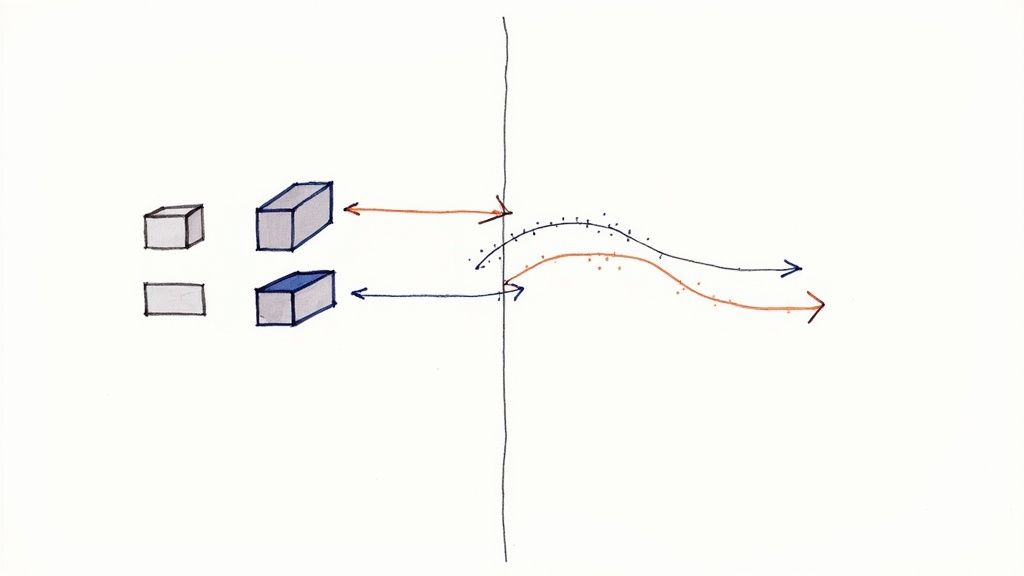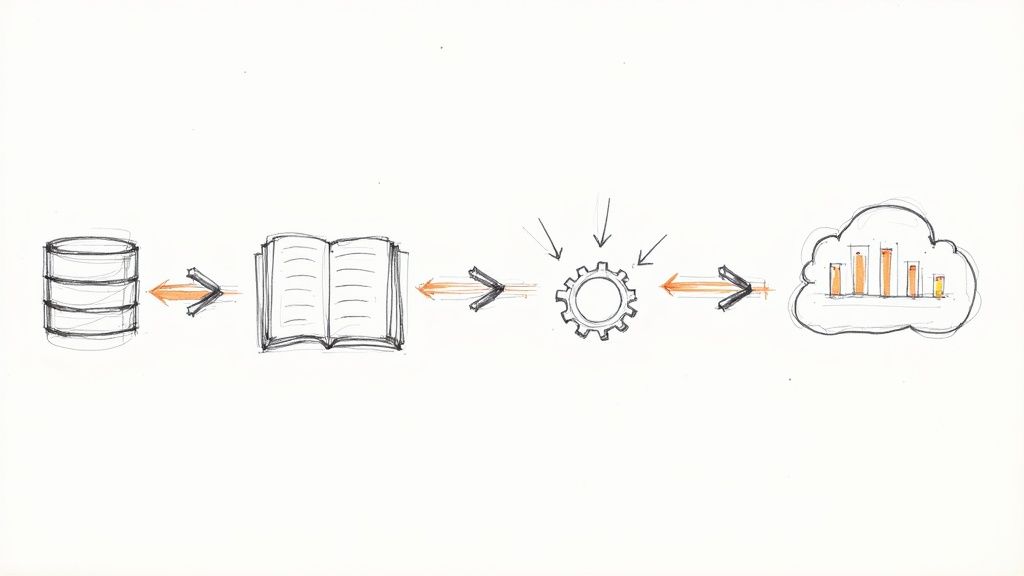Technology
Top 12 Database Schema Migration Tools for 2025
Explore our in-depth list of the top 12 database schema migration tools for 2025. Compare features, pros, cons, and find the perfect fit for your team.
PUBLISHED
November 13, 2025
TL;DR
• Unmanaged schema changes lead to data corruption, downtime, and hours of debugging.
• Migration tools transform risky manual processes into repeatable, version-controlled workflows.
• Options range from SQL-first approaches (Liquibase) to declarative schema-as-code models.



